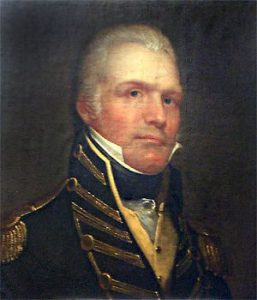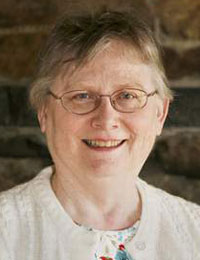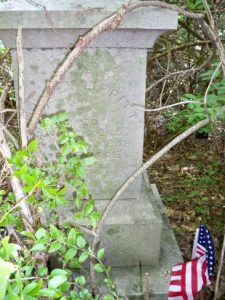
Alicia’s post last week on certain advantages to older genealogies reminded me of an example where a published biography was the only contemporary source of a stated relationship (indirectly), despite the kinship being stated in numerous later genealogies.
In a post on my relatives – Tryphena and Tryphosa – I had mentioned that my ancestor Tryphena Eaton (1768–1849), was the daughter of Nathaniel and Sarah (Johnson) Eaton, and that Tryphena’s birth was not recorded.[1] Going back in time, Tryphena gets listed with these parents in Clarence Winthrop Bowen’s Genealogies of Woodstock Families, 4: 630–31 (written in 1932), which also says she married first Eli Kendall (1767–1808), and secondly, in 1809, Amos Paine (1766–1848), and also lists her older and younger siblings. Continue reading Closer in time








